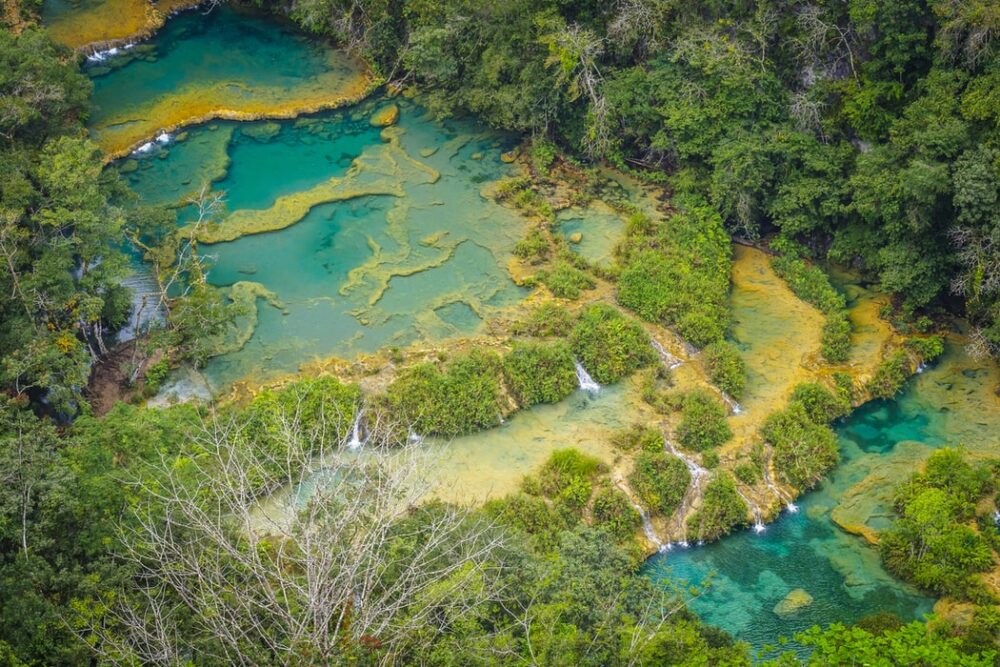New CAMRADATA whitepaper explores the role of Impact Investing in meeting climate and social goals

CAMRADATA’s latest whitepaper, Impact Investing looks at how impact investors are investing for a better world, what challenges they face, and where their capital is needed the most.
The whitepaper includes insight from guests who attended a virtual roundtable recently hosted by CAMRADATA, from firms including Arisaig Partners, M&G Investments, Mackenzie Investments, Cambridge Associates, Redington and Stanhope Capital.
The report highlights that climate change is increasingly at the forefront of the global agenda, with a key focus on a ‘just’ transition to a net zero economy. Impact investing is set to play a crucial role if targets are to be met. But, even as governments and corporations alike are ramping up their climate commitments, there is much work to be done.
According to a recent study by the Rainforest Action Network, in the five years since the Paris Agreement, the world’s biggest banks – including BNP Paribas, Goldman Sachs, and JP Morgan – have financed fossil fuels to the tune of $3.8 trillion (€3.2 trillion).
Sean Thompson, Managing Director, CAMRADATA said, “Last year the theme of impact investing exploded, but rhetoric and reality are still far apart. Nevertheless, impact investors are vital in allocating capital to address the abundance of social and environmental issues facing the planet.
“Going forward there will be many investment opportunities for those keen to tackle social and environment issues that offer both reward and deliver a meaningful outcome. Our panel of experts discussed some key themes for determining impact, where investors can find ‘real’ impact and what challenges they may face.”
The CAMRADATA roundtable began with the fundamental question of whether minority shareholders in major quoted companies can make an impact. The panel then looked at where investors can find impact in both public and private markets, and the ideal amount of total assets that should be allocated to impact.
The conversation also covered the current direction of travel for impact orientated clients, the track record for approved impact funds and the importance of assessing the expertise of managers to ensure they are not greenwashing, before discussing Emerging Markets in relation to risk.
Finally, the discussion turned to the UN Sustainable Development Goals (SDGs), which for some on the panel were used as measures and to broadly categorise the impact universe. The panel were also asked whether the SDGs were sustainable once achieved.
Key takeaway points were:
- One panellist said their team follows the Impact Management Project’s methodology for dividing the universe of public companies into three categories: A, B and C. These range from – Avoiding harm (A) to Benefiting stakeholders (B) Contributing to world-changing positive solutions (C). They aim to have a C impact element in their holdings.
- Another highlighted that the largest public companies equate with the richest markets. On that metric, they said you could argue that Tesla is probably the biggest company tackling climate change. But buying Tesla is not the most direct way to address this issue.
- It was possible to do impact in public markets, but the perception is that private markets are easier. For its clients, one panellist said they first started impact investing in private market sectors such as renewable energy. They also noted the difficulty of meaningful engagement with publicly quoted companies as a secondary investor, where you have limited influence and recourse.
- Nevertheless, they recognised that more people are attempting impact in public equity while maintaining a broad opportunity set. It was a tough balance, estimating that filtering in “real impact” companies reduced the universe very quickly.
- Another panellist estimated there were 28,000 companies in Emerging Markets; but after getting down to those potentially suitable in terms of high quality, low cyclicality and benefiting from sustainable domestic demand growth, less than one thousand were left.
- They saw three drivers for expansion in that number: growth in affordable healthcare provision, digitalisation, and climate-change mitigation.
- There are plenty of enterprises that score highly on ESG criteria, i.e., ‘Bs’ or contributors to SDGs. They are not, however, providing services or products tackling the world’s biggest challenges.
- On the SDGs, one panellist described them as a good common language, used by lots of companies and people in the industry.
- A final point was that the world had become wrongly obsessed with portfolio’s carbon footprints. The argument was that first, the data are not very good, and second, it is much more important to focus on the impact of a company’s products to help the economy reduce overall emissions than it is to focus on the operating footprint.
- Carbon emissions should be viewed and analysed more holistically. Some industries that are large emitters today also play an important role as solution providers that can eventually help get the world to net zero in 2050.
Additional insight is offered in the whitepaper with three articles from the participants:
- Arisaig Partners: ‘Capturing the Rise of Emerging Markets’
- Mackenzie Investments: ‘To maximize your energy transition exposure, think thematic’
- M&G Investments: ‘Targeting solutions for the planet through impact investing’
To download the ‘Impact Investing’ whitepaper click here
For more information on CAMRADATA visit www.camradata.com




